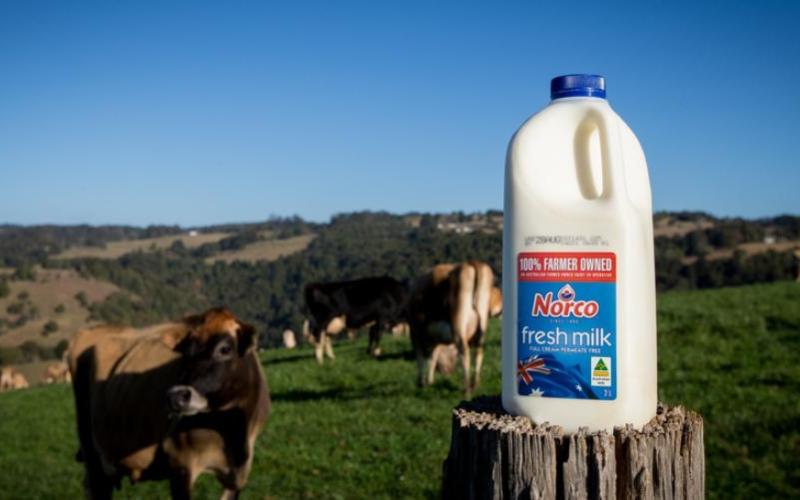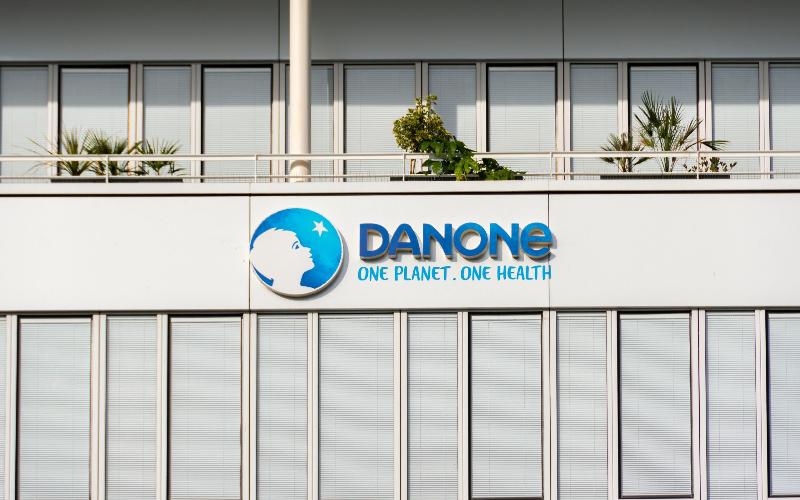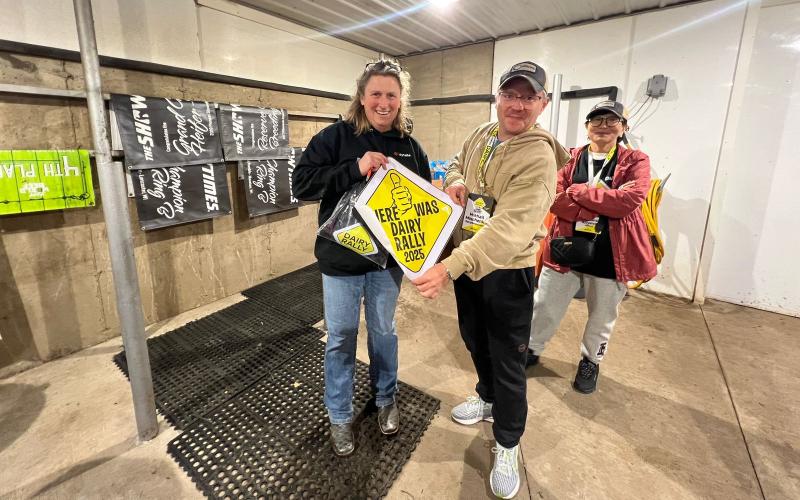HPAI Outbreak Affects Lactating Dairy Cattle in the U.S.
Sourse: The DairyNews
For the first time in the United States, highly pathogenic avian influenza (HPAI), also known as the bovine influenza A virus (BIAV), has been detected in lactating dairy cattle. This unprecedented situation has emerged primarily in multiparous cattle—those in their second lactation or older—and poses a new biosecurity challenge to the dairy industry.

The initial cases were confirmed in Texas on March 25, marking a significant development as this strain of HPAI, typically found in birds, has now made a cross-species jump to domestic livestock. To date, 29 dairy herds across eight states have been identified with infected animals, leading to widespread concern about the potential implications for dairy production and animal health.
In response to these developments, the U.S.-based Swine Health Information Center, in collaboration with the American Association of Swine Veterinarians, recently hosted a webinar to address the risks and recommend preventive measures. The National Milk Producers Federation's Chief Science Officer, Dr. Jamie Jonker, highlighted the unusual nature of this HPAI outbreak, noting that affected cattle often exhibit symptoms resembling severe mastitis rather than typical flu-like symptoms.
Dr. Jonker explained that the affected cattle display decreased activity levels, reduced rumination, and a notable drop in milk production. The milk from infected animals changes in consistency, appearing thicker and sometimes yellowish-brown, similar to colostrum, and may contain flakes indicative of mastitis.
The webinar underscored the importance of biosecurity measures, especially given the rapid transmission of the virus within herds. The dairy industry is advised to implement stringent biosecurity protocols, focusing on potential pathways such as feed, water, bedding, and human interaction, to mitigate the risk of further spread.
For comprehensive guidance on enhancing farm biosecurity practices, producers and veterinarians are directed to resources provided by the USDA, the American Association of Bovine Practitioners, and the National Milk Producers Federation, among others.
As the dairy sector grapples with this new biosecurity threat, ongoing research and vigilance will be crucial in understanding the dynamics of HPAI transmission among cattle and in devising effective strategies to protect both animal and human health in the dairy industry.
In response to these developments, the U.S.-based Swine Health Information Center, in collaboration with the American Association of Swine Veterinarians, recently hosted a webinar to address the risks and recommend preventive measures. The National Milk Producers Federation's Chief Science Officer, Dr. Jamie Jonker, highlighted the unusual nature of this HPAI outbreak, noting that affected cattle often exhibit symptoms resembling severe mastitis rather than typical flu-like symptoms.
Dr. Jonker explained that the affected cattle display decreased activity levels, reduced rumination, and a notable drop in milk production. The milk from infected animals changes in consistency, appearing thicker and sometimes yellowish-brown, similar to colostrum, and may contain flakes indicative of mastitis.
The webinar underscored the importance of biosecurity measures, especially given the rapid transmission of the virus within herds. The dairy industry is advised to implement stringent biosecurity protocols, focusing on potential pathways such as feed, water, bedding, and human interaction, to mitigate the risk of further spread.
For comprehensive guidance on enhancing farm biosecurity practices, producers and veterinarians are directed to resources provided by the USDA, the American Association of Bovine Practitioners, and the National Milk Producers Federation, among others.
As the dairy sector grapples with this new biosecurity threat, ongoing research and vigilance will be crucial in understanding the dynamics of HPAI transmission among cattle and in devising effective strategies to protect both animal and human health in the dairy industry.
Key News of the Week














